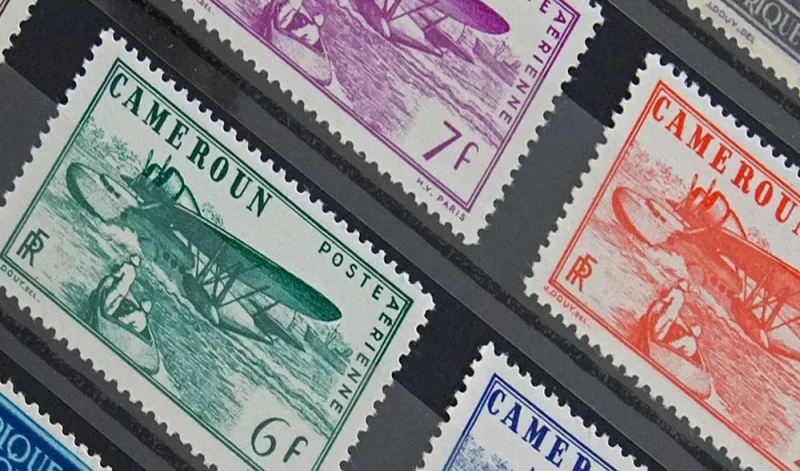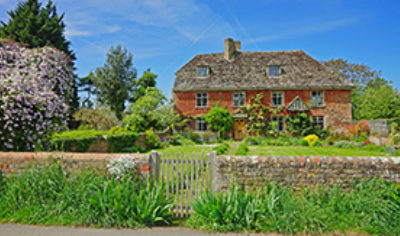La Gomera is the second smallest of the Canary Islands and is dome shaped containing a sunken central plateau. The island like all of it’s near neighbours is of volcanic origin and rises to nearly 5000 feee at the central peak of Garajonay. It is 23Km by 25Km at it’s widest points but the roads can be tricky and circumnavigating it can be difficult. La Gomera is characterized by it’s deep ravines or barrancos. There is hardly any coastal flat land on this island and this has helped it escape the mass tourist industry. Holiday Home ownership is not that evident on this island although there is some property that can be rented for holiday purposes and there are two recognized resorts on the island as well as some fine hotels. The island has a tiny airport that communicates with Tenerife but most persons arriving from Northern Europe on charter flights will land at Tenerife South and then take the 40 minute ferry trip to La Gomera. If you take the ferry, you will arrive at San Sebastian and unlike El Hierro, there is documented evidence that Columbus stopped here in 1492 to visit the church Iglesia de la Asuncion.
Anyone that has visited La Gomera will tell you that it really is an undiscovered gem, although much of the island is barren volcanic rock, south of the capital San Sebastian you will find some of the most beautiful valleys to be found in all of the Canary Islands, the scenary here is truly breathtaking. The weather on La Gomera is pleasant all the year around and it exudes a friendly relaxed atmosphere and although there is little in the form of historical sites it has a loyal following of visitors that come back year after year.
There are some 18000 local people that live on this island, most are employed in the agricultural industry and the wonderful climate helps farming by enabling crops to be grown all year round. There is an abundance of vegetables and citrus fruits and the valleys are filled with banana plantations. For some reason, La Gomera seems to be the world capital of Palm Tree growth and there are in excess of 100,000 which as you can appreciate fairly dominate the landscape.
La Gomera experiences some real extreme climatic conditions, the north of the island is green and lush but is practically always covered in mist, this area the Parque Nacioal de Garajonay is approximately 4000 hectares in size and occupies the islands central plateau. It has a UNECO protection status and is the largest example of a Laurasilva ecosystem left in the world. There are many woodland paths in the park and it is very popular with walkers. The southern part of the island is dryer and hotter and contains the two Holiday resort areas
This small green mountainous island is a paradise for walkers and hikers. The terrain is difficult and can some times best be described as challenging, this can lead to problems trying to circumnavigate the island thus two days should be allowed to travel around it. However for those prepared to make the effort you will be rewarded with views of many beautiful ravines, lakes, waterfalls all of which can be enjoyed in peace and quiet.





























